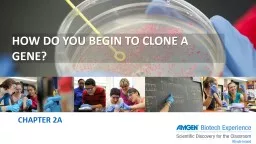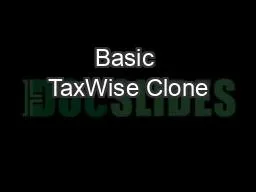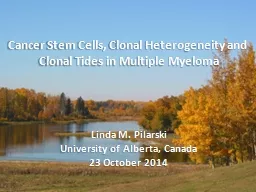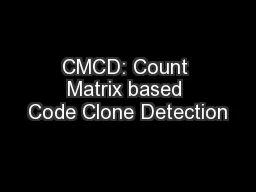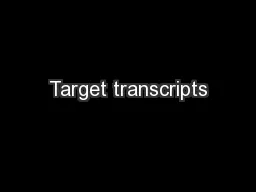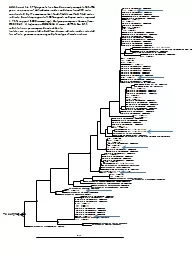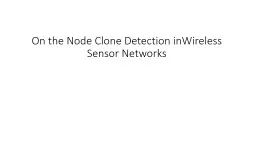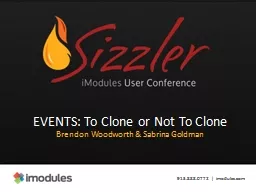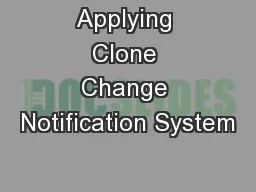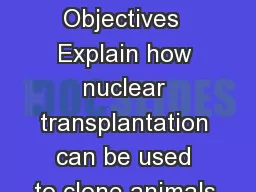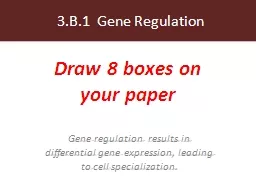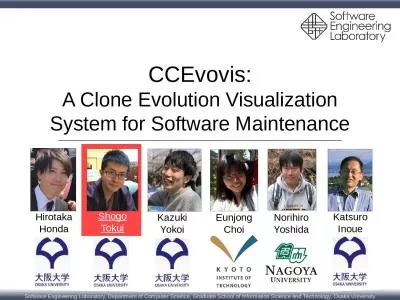PPT-Chapter 2A How do you begin to clone a gene?
Author : luna | Published Date : 2022-05-14
Tab C abridged sequence Starts on page C1 Student Introduction Reading Plasmids and Restriction Enzymes Activity Clone that gene Laboratory 2a Preparing to verify
Presentation Embed Code
Download Presentation
Download Presentation The PPT/PDF document "Chapter 2A How do you begin to clone a ..." is the property of its rightful owner. Permission is granted to download and print the materials on this website for personal, non-commercial use only, and to display it on your personal computer provided you do not modify the materials and that you retain all copyright notices contained in the materials. By downloading content from our website, you accept the terms of this agreement.
Chapter 2A How do you begin to clone a gene?: Transcript
Download Rules Of Document
"Chapter 2A How do you begin to clone a gene?"The content belongs to its owner. You may download and print it for personal use, without modification, and keep all copyright notices. By downloading, you agree to these terms.
Related Documents

